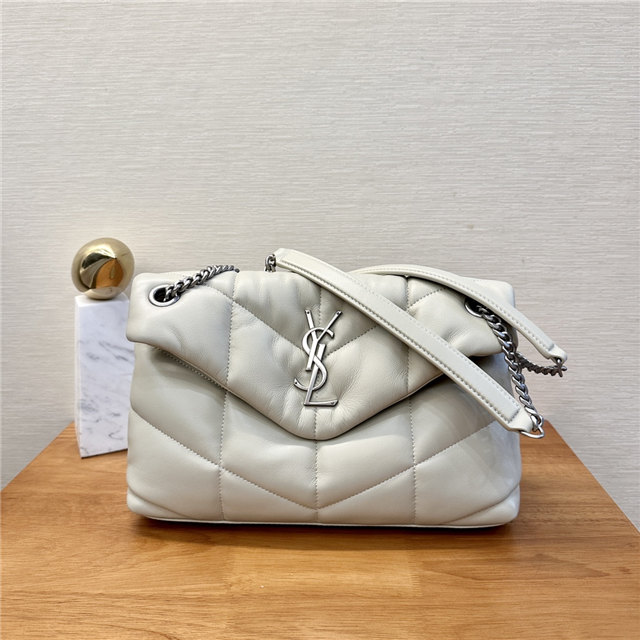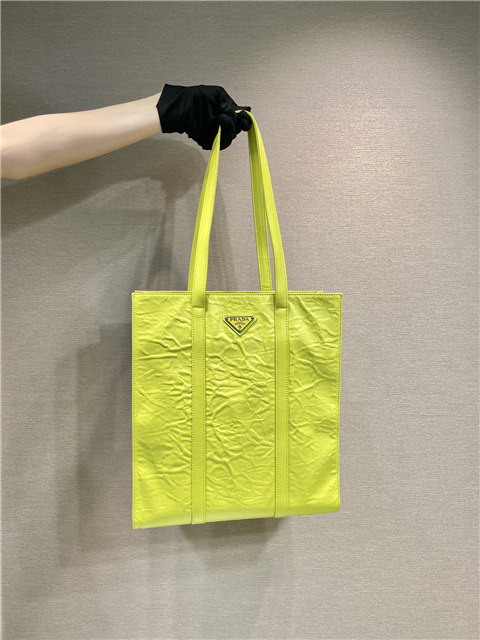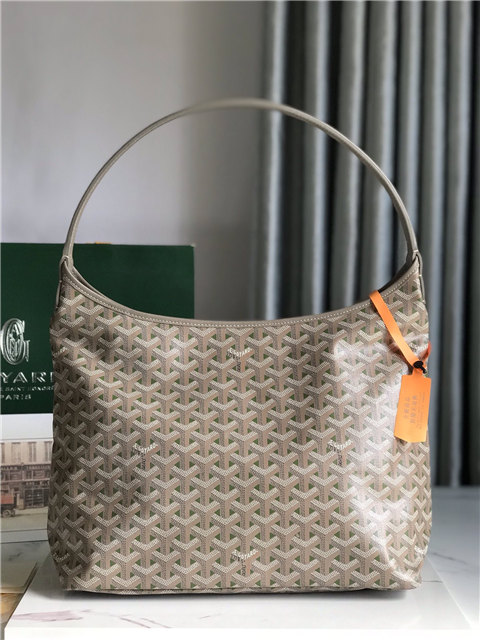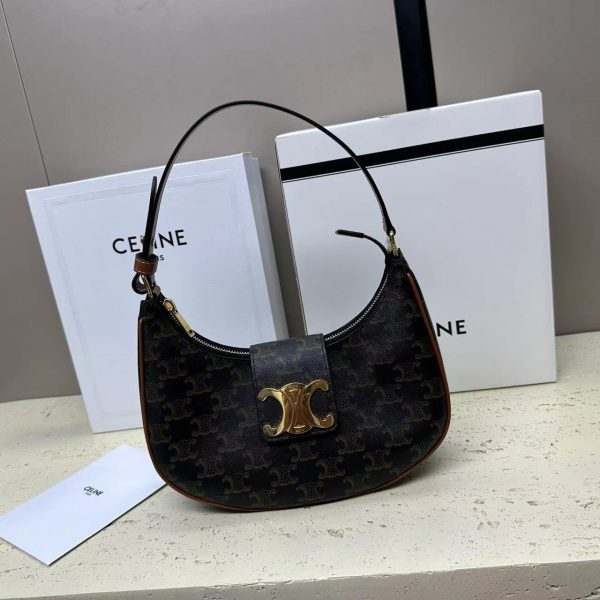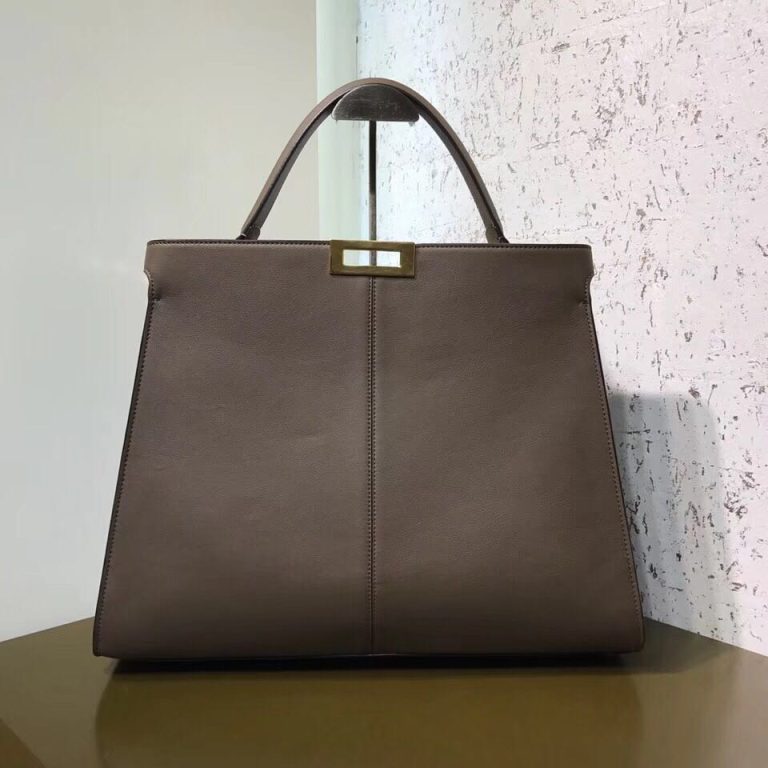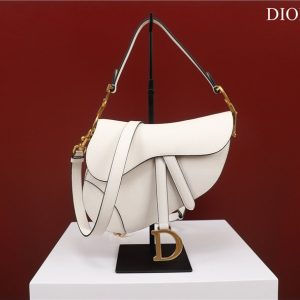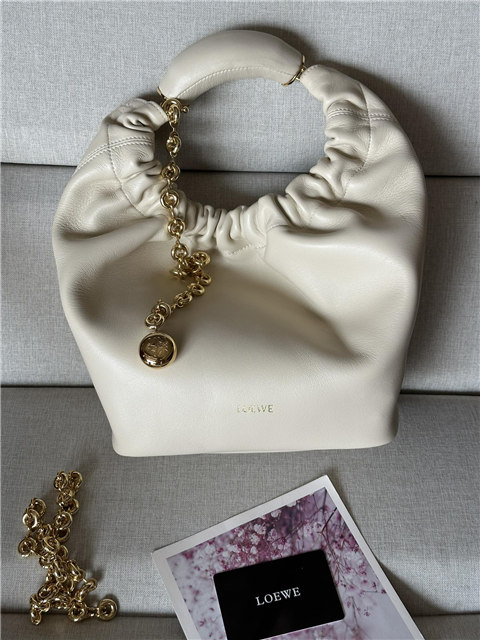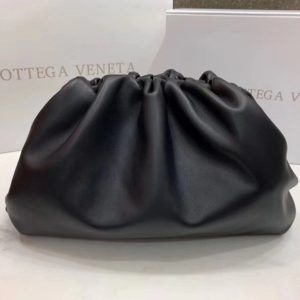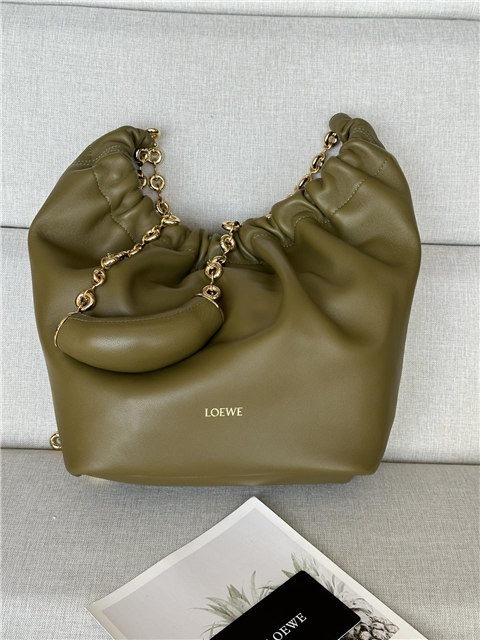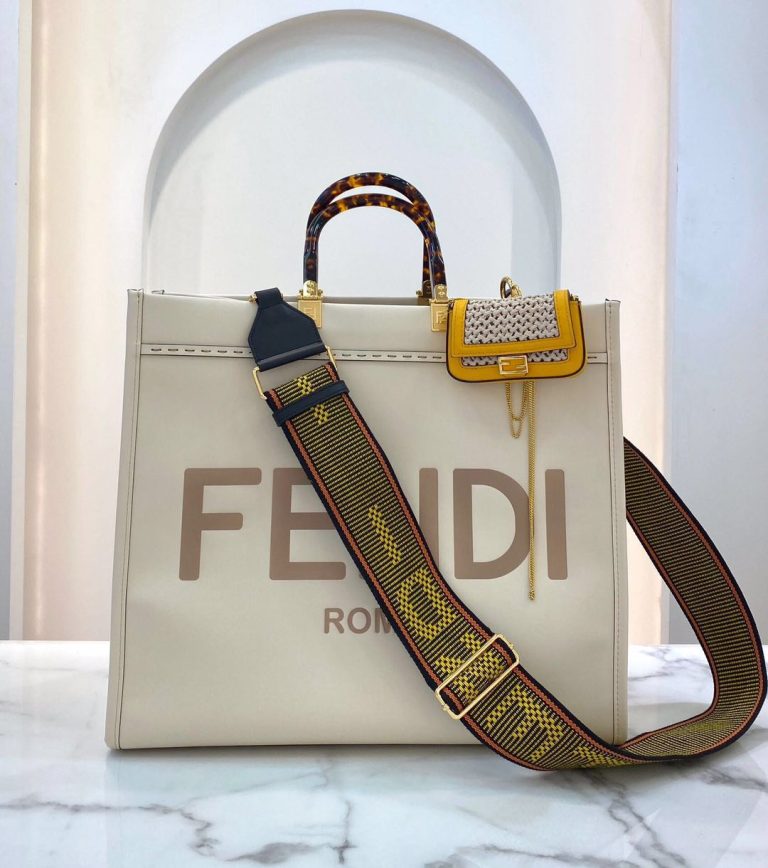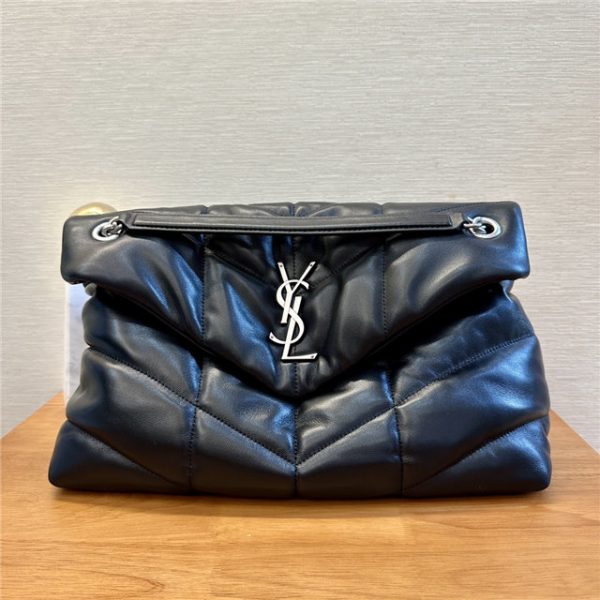First off, let’s talk about the sound. You know that tick-tock thing? A real Rolex ain’t gonna sound like your grandpa’s cuckoo clock. It’s supposed to be smooth, almost silent. If you hear a loud, obvious tick, that’s a HUGE red flag. Think of it like this: a real Rolex is like a ninja – quiet and deadly accurate. A fake? More like a clumsy rhino. *Bang bang bang!* Yeah, no.
Then there’s the dial. Ah, the face of the watch. Now, this is where things get tricky. You gotta REALLY look close. Like, microscope-level close if you can. Check the lettering. Is it crisp? Is it aligned? Are the sub-dials (those little circles inside the main dial) perfectly spaced? A fake often has smudged lettering or wonky sub-dials. Trust me, even the slightest imperfection is a giveaway. It’s like spotting a typo in a professionally printed book – jarring, right?
Serial numbers, are kinda important too. You should be able to find it… somewhere… I think… Ok, I’m not a watch expert, I’m just trying to help, alright? Check the serial number, it might be on the watch case, or it might be on the movement itself if you’re brave enough to pop it open. Google it, see if it matches the watch, duh! If the serial number is all messed up or, like, doesn’t even exist, HUGE RED FLAG!
And let’s not forget the feel. A real Rolex Daytona feels solid. Like, seriously solid. It should have some weight to it. A fake often feels light and cheap. Imagine holding a real gold bar versus a painted rock – you’d know the difference instantly, right? It’s kinda like that. Quality materials and careful craftsmanship = weight. Cheap materials and shortcuts = lightness.
Now, here’s my slightly controversial opinion: don’t be afraid to ask questions. If you’re buying from a private seller, grill ’em. Ask about the history of the watch, where they got it, if they have any paperwork. If they get all squirrely and avoid answering, walk away. Trust your gut! Your gut’s usually right, y’know?


